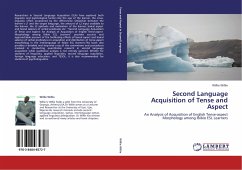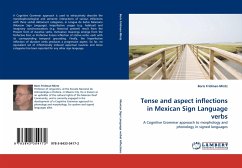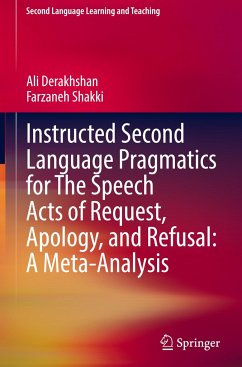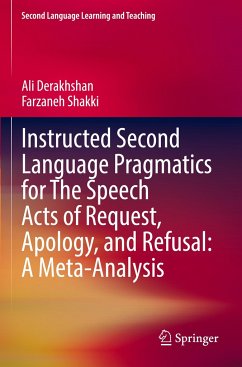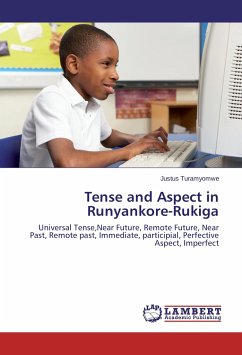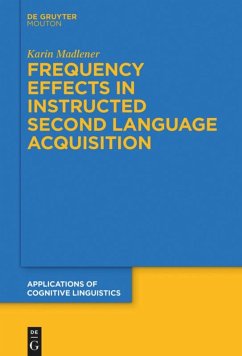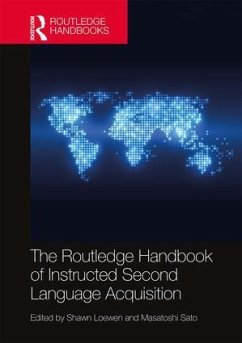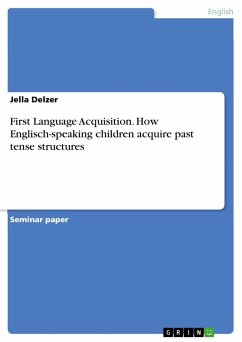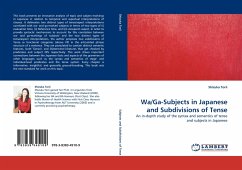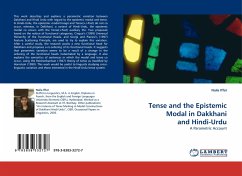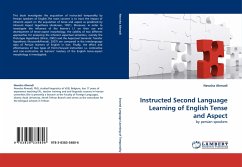
Instructed Second Language Learning of English Tense and Aspect
by persian speakers
Versandkostenfrei!
Versandfertig in 6-10 Tagen
52,99 €
inkl. MwSt.

PAYBACK Punkte
26 °P sammeln!
This book investigates the acquisition of instructed temporality by Persian speakers of English.The main concern is to trace the impact of inherent aspect on the acquisition of tense and aspect as predicted by Inherent Aspect Hypothesis (Andersen, 1991). Moreover, in order to investigate the influence of the learner's L1 on their use and development of tense-aspect morphology, the validity of two different approaches for analyzing the inherent aspectual semantics, namely the Prototype Hypothesis (Shirai, 2002) and the Aspectual Semantic Transfer Hypothesis (Housen&Ahmadi, 2007) are compared in...
This book investigates the acquisition of instructed temporality by Persian speakers of English.The main concern is to trace the impact of inherent aspect on the acquisition of tense and aspect as predicted by Inherent Aspect Hypothesis (Andersen, 1991). Moreover, in order to investigate the influence of the learner's L1 on their use and development of tense-aspect morphology, the validity of two different approaches for analyzing the inherent aspectual semantics, namely the Prototype Hypothesis (Shirai, 2002) and the Aspectual Semantic Transfer Hypothesis (Housen&Ahmadi, 2007) are compared in the interlanguage data of Persian learners of English in Iran. Finally, the effect and effectiveness of two types of Form-Focused instruction i.e. contrastive and non-contrastive on learners' mastery of the English tense-aspect morphology is investigated.



